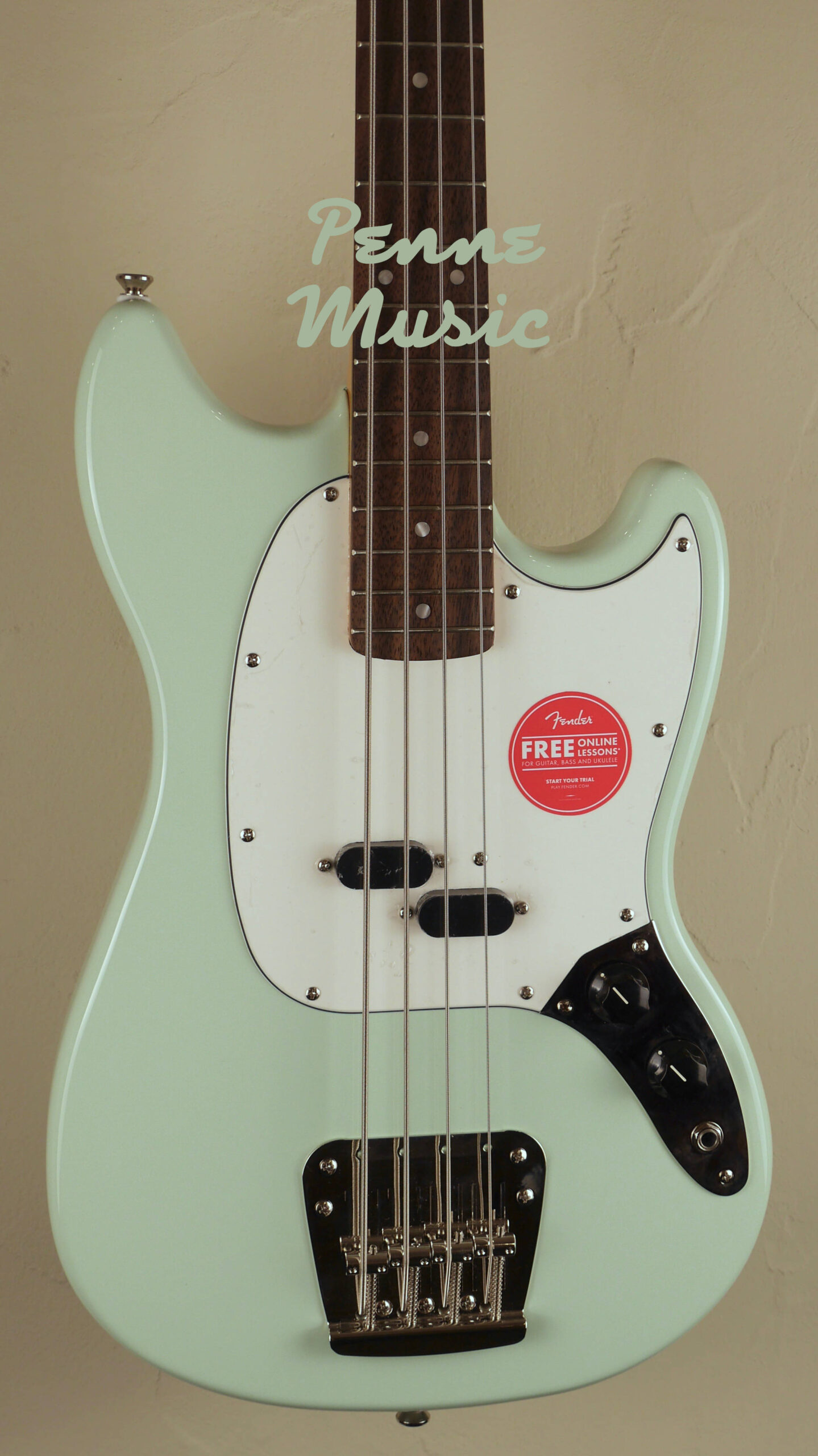


Certain models of the Musicmaster, especially from between 19, were finished with a coat that reacted negatively with the base coat. These larger pickguards encompassed the entire control cavity which saved production costs for Fender. Later in the 70s the Musicmaster in its third incarnation was redesigned using the Bronco body and pickguard shapes. Around this same time the Fender Maverick was introduced using similar practices but with leftover Electric XII bodies and necks with Mustang bridges. In 1969, the Fender Swinger, a particularly interesting byproduct of this surplus was produced using the Musicmaster hardware, electrics, scratchplate, and the seldom ordered 22.5-inch necks, but with a modified Fender Bass V body. The Musicmaster in its second incarnation was still sold well into the 1970s however, using leftover parts until supplies ran out. The redesigned Musicmaster II alongside its stablemate the Duo-Sonic II lasted through 1969 before both models were dropped from production in favor of the more deluxe Mustang and new Fender Bronco. All three models were offered with the option of a 24-inch scale and 22-fret neck or a 22.5-inch scale and 21-fret neck the 24-inch scale proved to be the most popular of these options. The Mustang body was larger and slightly offset, and was fitted with a plastic pickguard but with the volume and tone controls mounted on a separate metal plate. In 1964, following the release of the Fender Mustang, both the Musicmaster and Duo-Sonic were redesigned using Mustang neck and body blanks. At this time, the Musicmaster and Duo-Sonic both received a plastic pickguard in place of the previous anodized aluminum one, and a two-piece maple neck with a rosewood fingerboard. There was one major redesign of these two Musicmaster-bodied guitars, in 1959 when the entire Fender catalog was updated. The Duo-Sonic and Musicmaster also shared a single-piece maple neck and fingerboard, with a 22.5 inch scale length and 21 frets. Production of the Musicmaster began in late April of that year, using a body routed for two pickups to be common to the Duo-Sonic, which followed a little more than two months later.

Prototypes were made in early 1956, followed by sales literature announcing both models. Having said this, there are a lot worse guitars out there, and as well as being historically important, the 1820 bass can certainly provide the goods when required.Design work on the Musicmaster-and its two-pickup variant Duo-Sonic-began in late 1955 following a request from Fender Sales. Over the course of the 70s, the Japanese output improved dramatically, and in many ways these early 70s models are a low point for the brand. These new Epiphones were based on existing Matsumoku guitars, sharing body shapes, and hardware, but the Epiphone line was somewhat upgraded, with inlaid logos and a 2x2 peghead configuration. The Matsumoku factory had been producing guitars for export for some time, but the 1820 bass (alongside a number of guitar models and the 5120 electric acoustic bass) were the first Epiphone models to be made there. By the end of the 1960s, a decision had been made to move Epiphone guitar production from the USA (at the Kalamazoo plant where Gibson guitars were made), to Matsumoto in Japan, creating a line of guitars and basses significantly less expensive than the USA-built models (actually less than half the price).


 0 kommentar(er)
0 kommentar(er)
